The Peace Lily (Spathiphyllum) is one of the most beloved houseplants around the world. Renowned for its graceful white blooms and lush, dark green foliage, this plant symbolizes peace, tranquility, and purity. Best of all — it’s relatively easy to care for, even for beginners. If you’re looking to add elegance and natural air purification to your home, a peace plant is a perfect choice.
In this guide, we’ll cover everything you need to know to care for your Peace Lily successfully, from light preferences and watering routines to troubleshooting common issues.
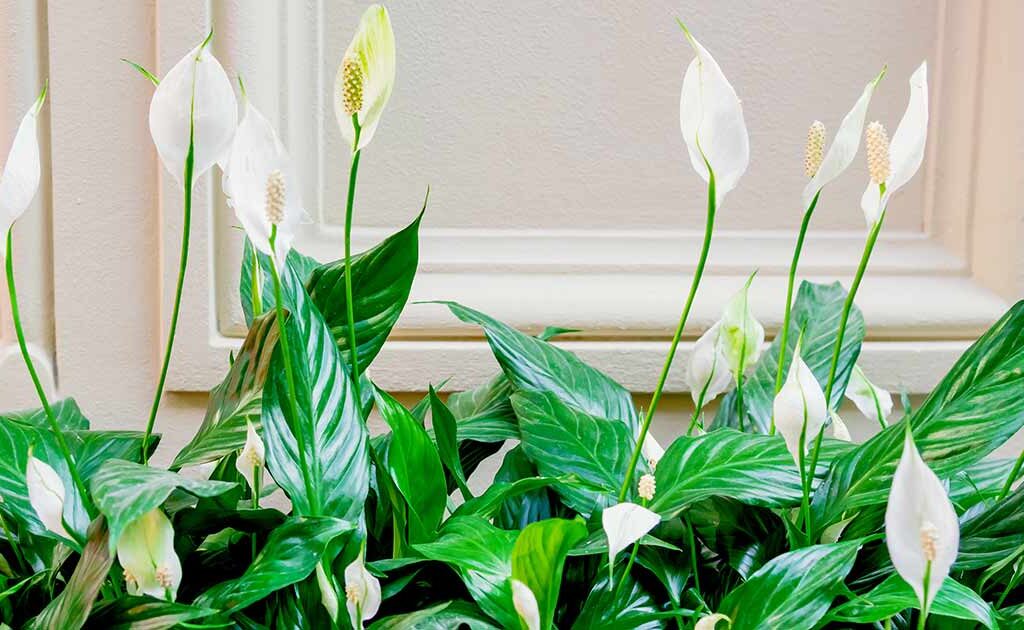
What is a Peace Plant?
Before diving into care tips, let’s get familiar with the plant itself.
Peace Lilies are native to tropical rainforests of Central and South America. They thrive in warm, humid environments and are part of the Araceae family. The plant produces beautiful white flowers (actually modified leaves called spathes) that elegantly curve around a spadix — a spike covered in tiny flowers.
Besides their aesthetic appeal, Peace Lilies are celebrated for their ability to improve indoor air quality by filtering out toxins like formaldehyde, benzene, and carbon monoxide.
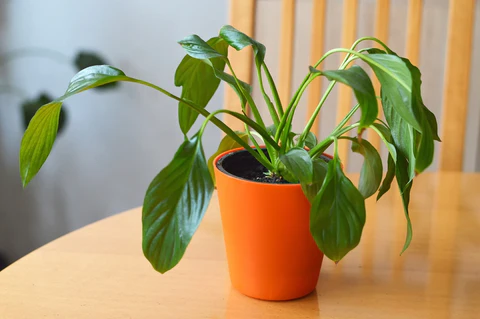
Ideal Growing Conditions for a Peace Plant
Creating the right environment is key to keeping your Peace Lily healthy and happy. Here’s what it needs:
1. Light Requirements
Peace Lilies thrive in bright, indirect light. Direct sunlight can scorch their leaves, while too little light will result in poor growth and no flowers.
Ideal spot:
- Near a north or east-facing window
- A few feet away from a bright window in other directions
If your Peace Lily isn’t blooming, it may need a bit more light. But remember — always avoid direct midday sun.
2. Temperature and Humidity
These tropical plants love consistent warmth and high humidity.
- Ideal temperature: 65°F to 85°F (18°C to 29°C)
- Avoid: Cold drafts, air conditioners, or heaters
Since they enjoy humid conditions, misting the leaves occasionally or placing the plant on a pebble tray filled with water can help, especially during dry winter months.
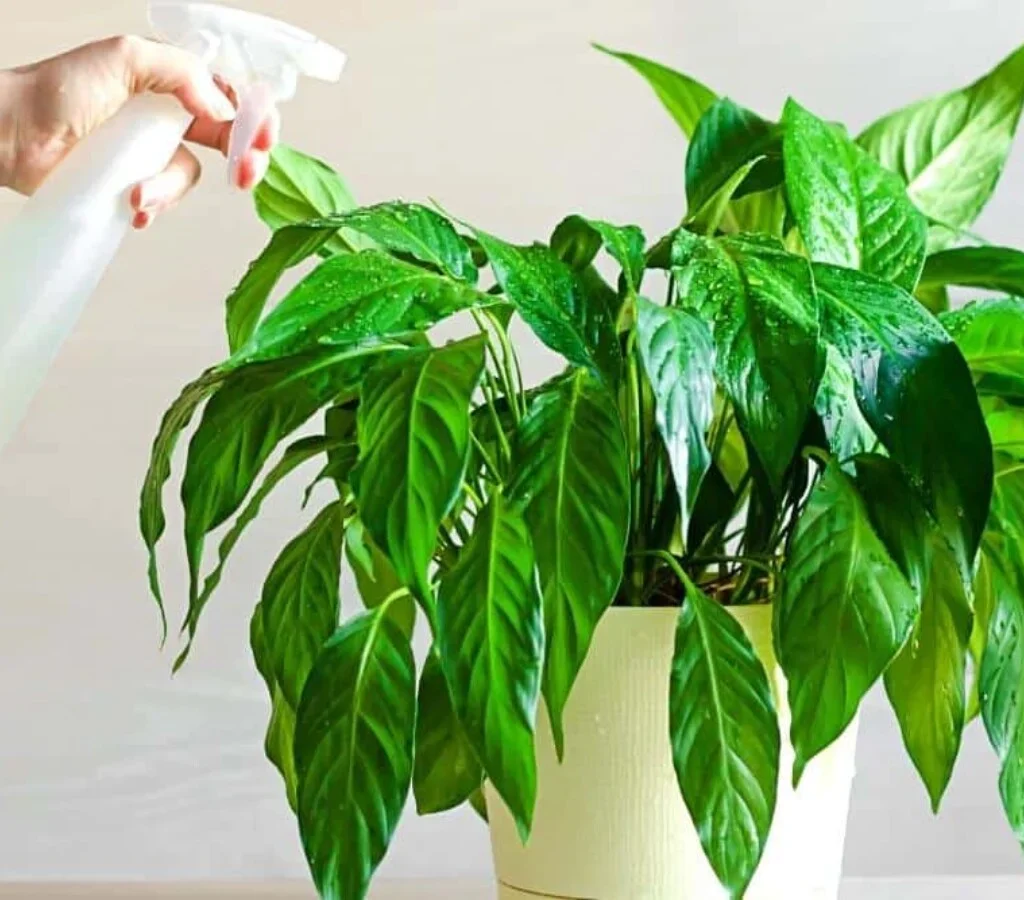
How to Water a Peace Plant
Watering is arguably the trickiest part of Peace Lily care — too much or too little water can both harm the plant. The goal is to keep the soil consistently moist but not soggy.
Watering Guidelines:
- Check the top inch of soil with your finger; if it feels dry, it’s time to water.
- Use room temperature, filtered water. Tap water with chlorine and fluoride can cause brown leaf tips.
- Water thoroughly until it drains from the bottom, then discard excess water to prevent root rot.
Pro Tip: Peace Lilies are good at letting you know when they need water. Their leaves will droop when they’re thirsty but typically perk back up within a few hours of watering.
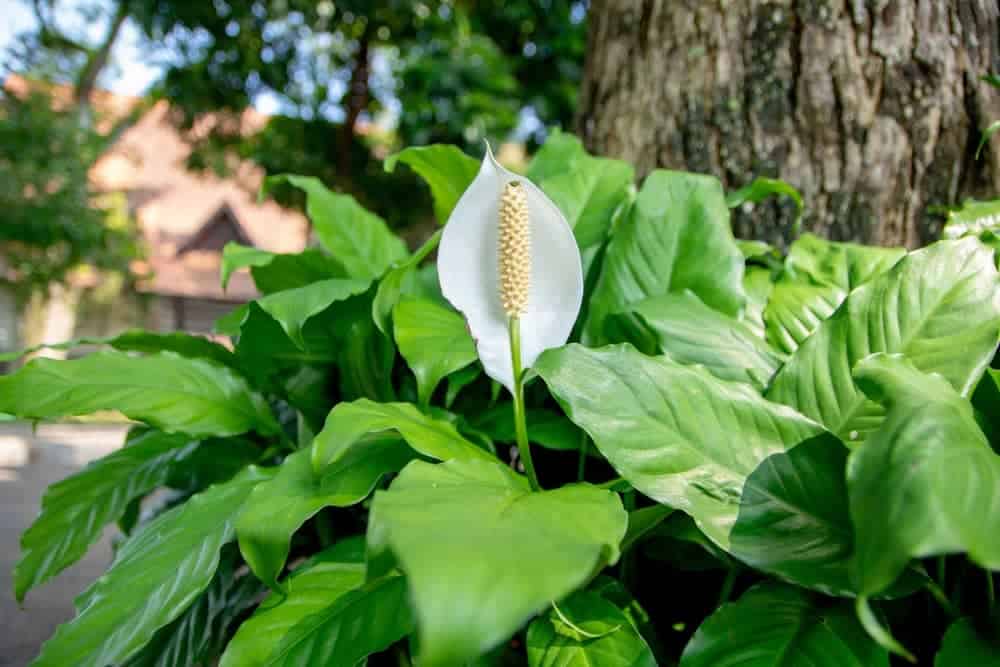
Best Soil for Peace Plant
Peace Lilies prefer a well-draining, aerated soil mix. A good potting mix should retain moisture but not become waterlogged.
Recommended mix:
- 2 parts peat-based potting soil
- 1 part perlite or coarse sand
- 1 part orchid bark (optional for added drainage)
This combination ensures roots receive enough air while holding sufficient moisture.
Fertilizing a Peace Plant
Peace Lilies aren’t heavy feeders, but occasional fertilizing will encourage healthy growth and blooms.
Fertilizing Tips:
- Use a balanced, water-soluble houseplant fertilizer (20-20-20)
- Apply once a month during the growing season (spring and summer)
- Avoid fertilizing in fall and winter when the plant’s growth slows
Over-fertilizing can cause brown leaf tips and damage, so always follow label instructions and err on the side of caution.
Repotting Peace Lily
As your Peace Lily grows, it may become root-bound — meaning its roots outgrow the pot. Signs of this include roots peeking through the drainage holes or frequent drooping despite regular watering.
Repotting guide:
- Repot every 1-2 years in early spring
- Choose a pot 1-2 inches larger in diameter than the current one
- Use fresh potting mix and gently loosen the root ball before placing it in the new pot
Common Peace Plant Problems and Solutions
Even though Peace Lilies are relatively easy to care for, a few issues can arise. Here’s how to tackle them:
1. Yellow Leaves
Cause: Overwatering, poor drainage, or old age
Solution: Check soil moisture and drainage, remove affected leaves
2. Brown Leaf Tips
Cause: Low humidity, fluoride in tap water, or over-fertilizing
Solution: Increase humidity, use filtered water, and fertilize sparingly
3. Drooping Leaves
Cause: Usually due to underwatering, occasionally overwatering
Solution: Check soil moisture and adjust watering schedule
4. No Flowers
Cause: Insufficient light, poor nutrition, or maturity
Solution: Move plant to a brighter location, fertilize during growing season, or be patient as young plants may take time to bloom
Peace Lily Propagation
If you’d like to expand your collection or share with friends, Peace Lilies are easily propagated through division.
Propagation steps:
- Remove the plant from its pot and gently separate sections of the root ball.
- Ensure each section has at least 2-3 healthy leaves and a portion of the root system.
- Plant each division in a new pot with fresh soil.
- Water thoroughly and place in a warm, indirect light spot.
Peace Lily in Home Decor and Feng Shui
Apart from being a low-maintenance houseplant, Peace Lilies are said to bring positive energy and tranquility to your space. In Feng Shui, they’re associated with balance and harmony, making them ideal for bedrooms, offices, and meditation areas.
Their ability to purify indoor air by absorbing harmful toxins also adds practical benefits to their aesthetic and spiritual appeal.
Final Peace Plant Care Tips
To wrap it up, here are some quick care reminders:
- Keep in bright, indirect light
- Water when the top inch of soil feels dry
- Maintain high humidity and avoid cold drafts
- Fertilize once a month during growing season
- Repot every 1-2 years
- Use filtered, room temperature water
Conclusion
Caring for a Peace Plant is a rewarding experience. With its serene white blooms, lush foliage, and air-purifying qualities, it’s a wonderful addition to any home. By following these simple but essential care practices — proper lighting, watering, humidity, and soil — you’ll enjoy a thriving, beautiful Peace Lily for years to come.
Whether you’re a beginner plant parent or a seasoned indoor gardener, the Peace Lily’s elegant beauty and forgiving nature make it an indispensable member of your indoor plant family.

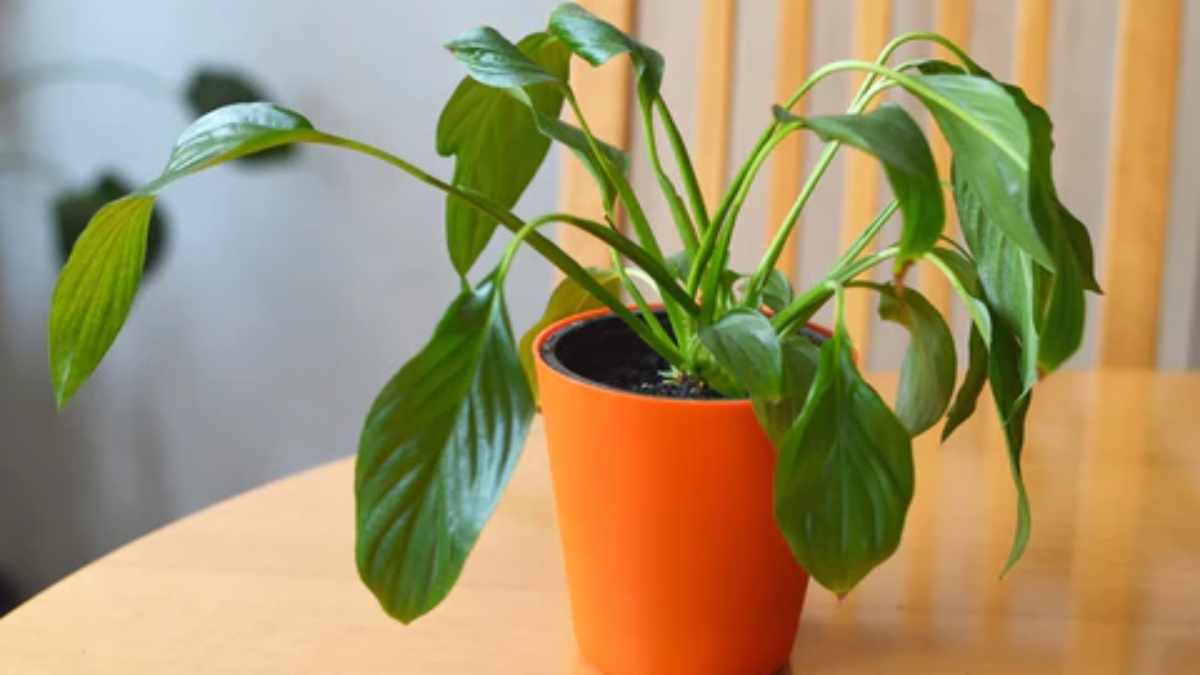




Leave A Comment